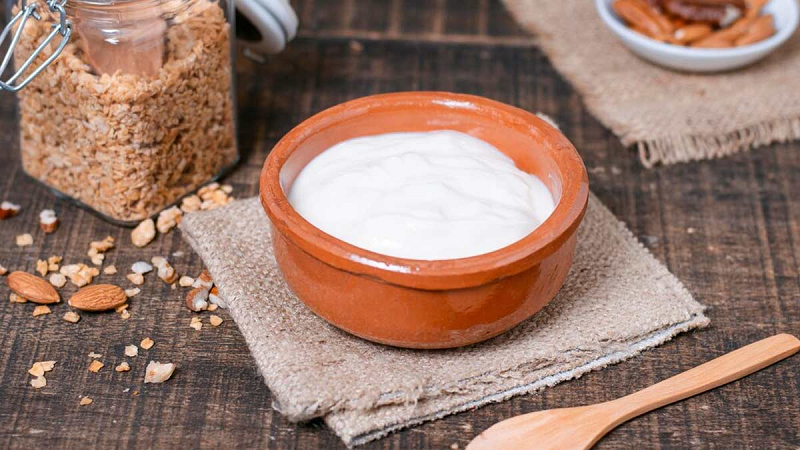Silver Foil Veg Or Non-Veg: 'Silver work' is used to make sweets like Kaju Katli, Balushahi, and Gulab Jamun shiny, but do you know what is the method of making it?
How Silver Foil is Made: Most of us must have eaten those sweets which have 'silver foil' on them. By applying silver foil, the beauty of these sweets increases manifold. However, now this beautiful-looking thing is used for many other recipes as well. But some people say that food with 'silver work' should not be eaten because it is non-vegetarian. Is it true, it will be known only when we know the process of making it.
How is silver foil prepared?
Silver foil is a very thin sheet of silver, which looks like aluminum at first glance, but on closer inspection, it will be known that it is silver only. The silver foil is prepared by expert artisans to make it thin and edible.
'Silver work' is prepared by beating non-bioactive pieces of silver. The leaves of this paper are kept with utmost care so that they do not break. It becomes so thin that it starts breaking just by touching it. However, some people adulterate things like cadmium, nickel, aluminum, and lead in it, which can harm health.
Many people are afraid of whether non-veg is 'silver work', so they often refrain from eating sweets covered with silver foil in markets, festivals, and marriages. The reason for this is that some videos often go viral on social media, in which it is shown that 'silver work' is beaten by keeping it between animal skin, in such a situation there is bound to be a concern.
Animal use has been banned
The Food Safety and Standard Authority of India (FSSAI) has now banned animal uses in the preparation of silver foil. If you still doubt adulteration, take 'silver work' and set it on fire, if its smell is like metal, then it is real, but if it smells of fat, then understand that it is not vegetarian.










